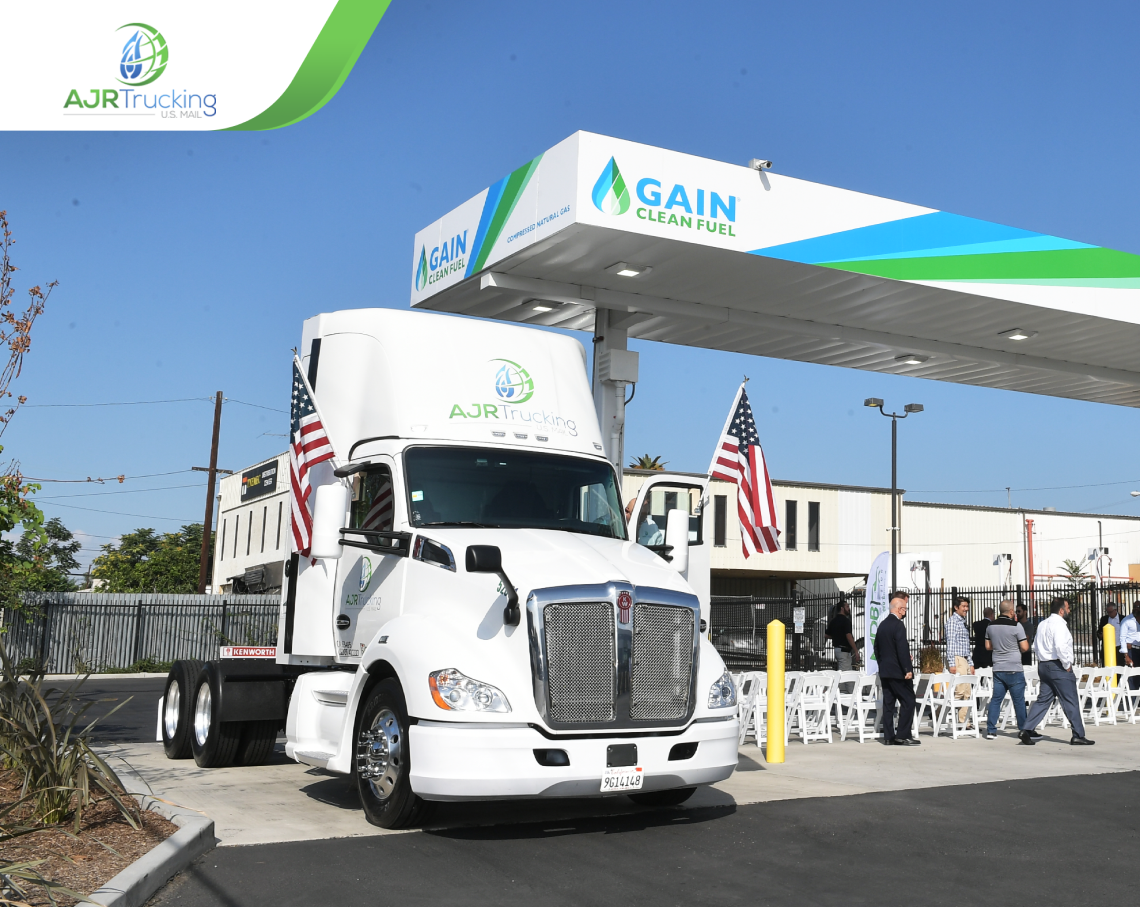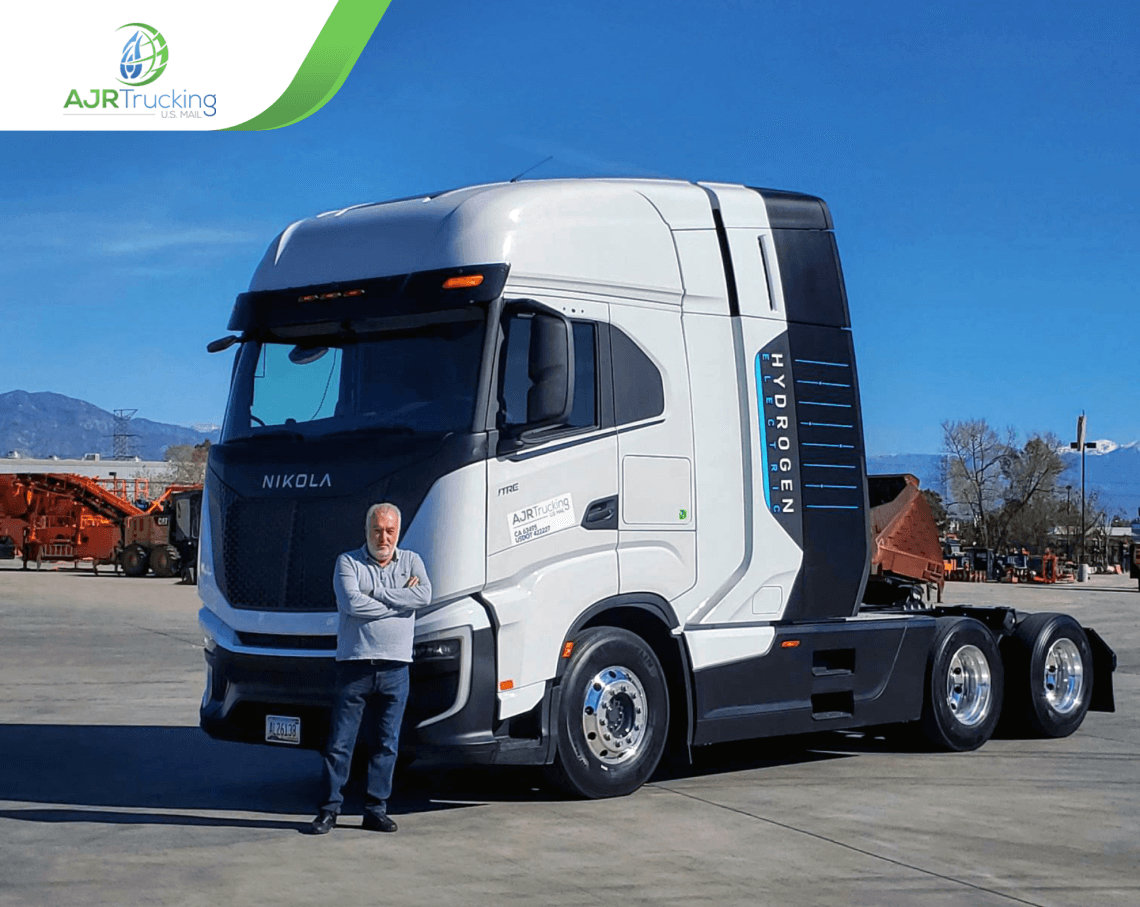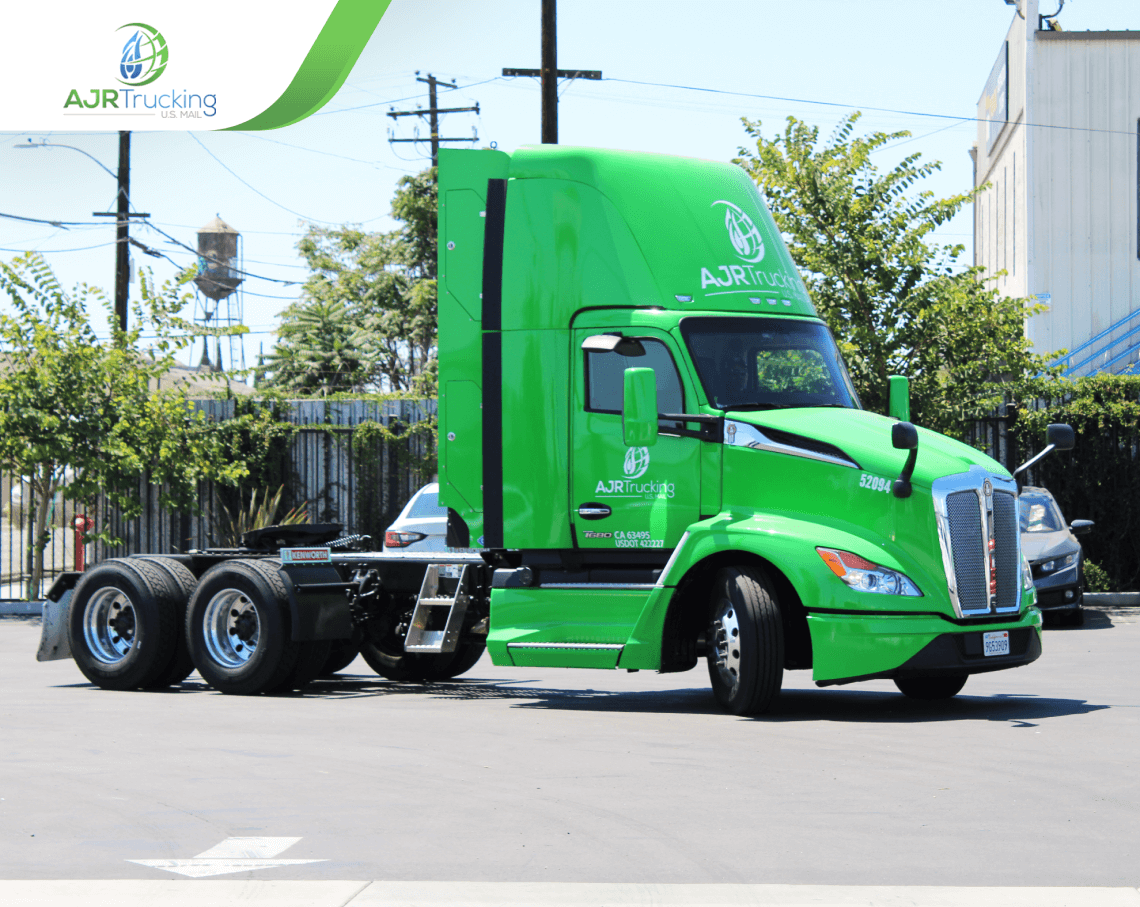Truck drivers are a crucial component of the supply chain and the US trucking industry since they transport items like food, cars, and other goods across the country.
The American Trucking Association (ATA) estimates that truckers moved 11.8 billion tons of cargo in 2019. More than 2 million heavy and tractor-trailer truck drivers were identified by the U.S. Bureau of Labor Statistics (BLS) in 2020, with an average truck driver salary of $48,710.
Trucking is a rewarding career, especially when the economy is strong and your company is rolling along. Whether you’ve thought about it or not, jobs in trucking industry could be a great fit for you. Let’s discuss the requirements to become a truck driver.
It can take a few weeks or months to become a truck driver. Throughout this period, the drivers will learn the rules and regulations of the industry and the essentials of the lifestyle of a truck driver, such as planning and managing extended travels, doing a safety check on their vehicle, and securing cargo.
Additionally, drivers require customer service skills. Communication with their dispatcher and the clients who receive shipments is a part of their profession.
Besides the skills described above, let’s discuss other requirements to become a truck driver.
CDL License
Obtaining a Commercial Learner’s Permit (CLP) and a Commercial Driving License (CDL) are the first two steps for truck driver jobs. Your home state has granted you the CLP as authorization. Drivers can take the CLP exam at their nearby DMV, for which online resources are available to help them study and ace the test the first time.
For their license, the drivers could additionally need an endorsement code. For specialized vehicles like school buses and tankers, endorsements are essential since they specify what they are permitted to transport.
In many states, the drivers will have to pay a charge for their CDL application, test, and license. The license cost ranges from $20 to $120.
Once they get their license, they can start their truck driving job search. Before the truck driver shortage, the trucking business considered individuals with two to three years of demonstrable truck driving experience. But nowadays, due to the industry’s rapid growth, it has become easier for truck drivers to get admitted.
What are CDL License Options?
The type of license needed is an integral factor to take into account when pursuing truck driver training and CDL requirements. The three classes are Class A, Class B, and Class C.
Class A: With a Class A license, drivers can access various commercial truck types, including flatbeds and tractor-trailers. Many organizations choose Class A licensed drivers because of their adaptability and because this sort of license is considered to be the most comprehensive option.
Class B: Class B operators are responsible for maintaining order in a city. They operate buses for public transportation and schools. You’ve seen a Class B driver if you’ve seen trucks going around town delivering supplies to different businesses or collecting waste at construction sites.
Class C: A Class C commercial driver’s license is necessary to operate a vehicle designed to transport 16 or more people (including the driver) or hazardous materials (HazMat), recognized as dangerous under federal law.
Obtain a GED or Complete High School.
Another requirement that most trucking companies demand from the applicants is having at least a high school education or GED, according to the U.S. Bureau of Labor Statistics (BLS). Drivers can obtain their GED in most states for between $80 and $140 in around four months.
The Benefits of Becoming a Truck Driver
What follows the completion of the CDL training or program and licensing process is:
Competitive Pay: Many new drivers can expect to make up to $60,000 in their first year, which equates to an average of $1,200 per week. It’s also important to remember that the truck driver salary varies depending on the region and other elements like level of expertise. Another benefit of the trucking industry is that its drivers are also offered other perks like health insurance, which is an important benefit for most Americans.
High Demand for Drivers: As we’ve already discussed, more drivers are required to move things in a world where economic progress is dependent on the transportation of materials. To take a glimpse into the future of the trucking industry, from 2016 to 2026, the Bureau of Labor Statistics projects a 6% increase in employment for heavy and tractor-trailer drivers.
Flexible Schedules: Truck drivers can choose from various schedules that fit their lives. OTR (Over-the-road) routes are an excellent choice if the driver doesn’t mind spending much time on the road. In addition, they can potentially earn more money since there is a higher demand. But if the driver prioritizes spending more time home with their family, then the option of local trucking jobs can be excellent for them. We’ll discuss the differences between these categories below.
Traveling: Some long-haul truck drivers take advantage of the chance to tour the nation on open highways. This is a great opportunity for those who want to discover new places and explore more of the U.S.
The Difference Between Regional, Local, and OTR Trucking
The final thing drivers need to know about truck driving is the differences between regional, local, and OTR trucking.
Over-the-road (OTR) refers to truck drivers who travel for three to four weeks while transporting freight over great distances. OTR drivers travel across both Canada and the United States. OTR truck drivers transport various goods, such as large freight, machinery, building supplies, and other equipment.
Regional trucking refers to the region of the country through which a driver transports supplies and cargo. It is typically divided into regions having a 1,000-mile radius, such as the Northeast and the Midwest. For a regional truck driver, the biggest benefit of this route is that trucking days typically fall on weekdays.
A local truck driver gets to spend every evening at home, which can be particularly advantageous for those who have families. The local routes usually cover a 200-mile radius, and the workdays are 8 to 10 hours long. Most employers for local truck drivers only require a year of CDL driving experience since local truck drivers aren’t usually driving on the interstate.
The final piece of information you need to find is the best trucking company to apply for. So, what is the best trucking company to drive for? What makes a trucking company excellent?
A good trucking company must provide a motivating and encouraging working environment, be there for its employees, give them the chance to grow as professionals, and follow a sustainable business model. AJR Trucking, an energy-saving company
that has been around for 30 years, possesses all those qualities. Apply to AJR Trucking for a successful trucking career!










